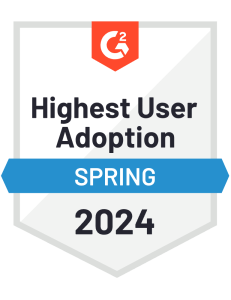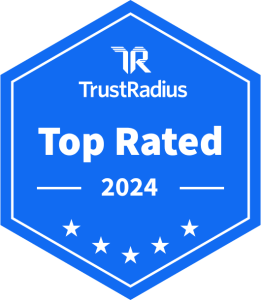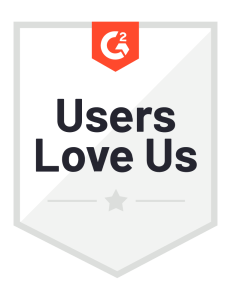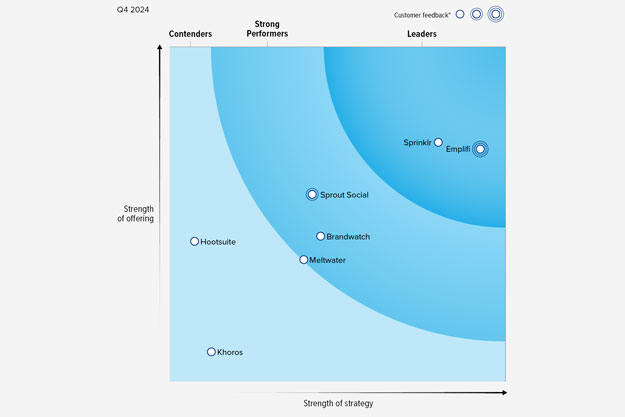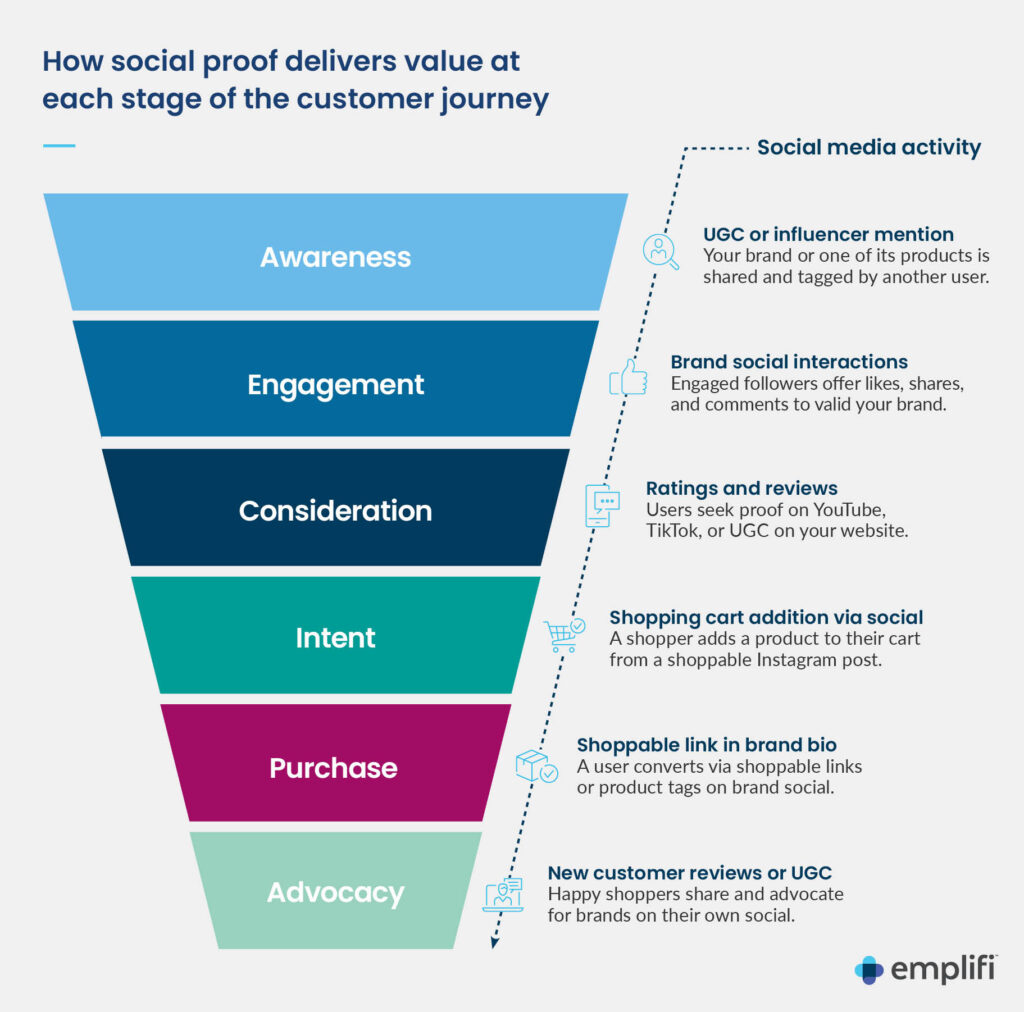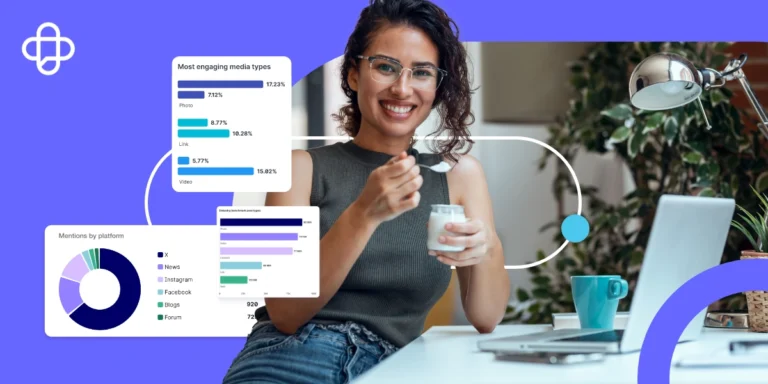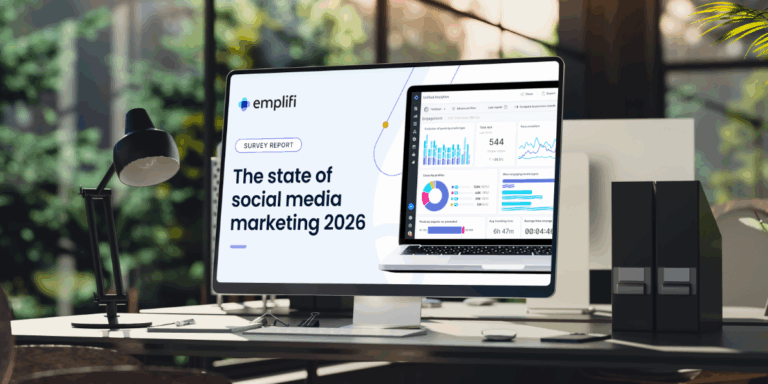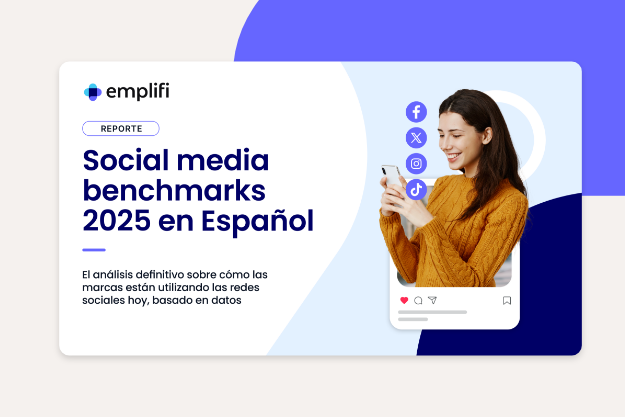Social media engagement is measured through a range of metrics that provide insights into the depth and effectiveness of interactions between consumers and brands. Key social media metrics include:
Likes and Reactions: These quantify the positive response to content. The more likes and reactions, the higher the engagement level.
Comments: The number of comments reflects direct interaction and engagement. Meaningful conversations contribute to a higher engagement score.
Shares and Retweets: Sharing content amplifies its reach. The more users share your content, the broader the impact and higher the engagement.
Click-Through Rate (CTR): CTR measures the percentage of users who clicked on a link within a post. It indicates the effectiveness of content in driving further engagement.
Follower Growth: An increase in followers indicates a growing audience interested in the brand’s content, contributing to long-term engagement potential.
Impressions and Reach: These metrics provide an overview of how many users have seen the content. High impressions and reach suggest broad visibility, but engagement metrics reveal the quality of that visibility.
Conversion Rate: For brands focusing on specific actions like sign-ups or purchases, tracking the conversion rate from social media interactions is crucial in understanding the impact on business goals.
Time Spent on Page or Post: Monitoring how much time users spend engaging with content provides insights into the level of interest and its ability to capture attention.
Sentiment Analysis: Understanding the sentiment expressed in comments and mentions helps gauge the overall perception of the brand and the nature of engagement.
User-Generated Content (UGC): The amount and quality of UGC can be a powerful indicator of brand affinity and active community engagement.
By analyzing these metrics collectively, brands can gain a comprehensive understanding of the effectiveness of their social media engagement strategies and make informed decisions to optimize future efforts.
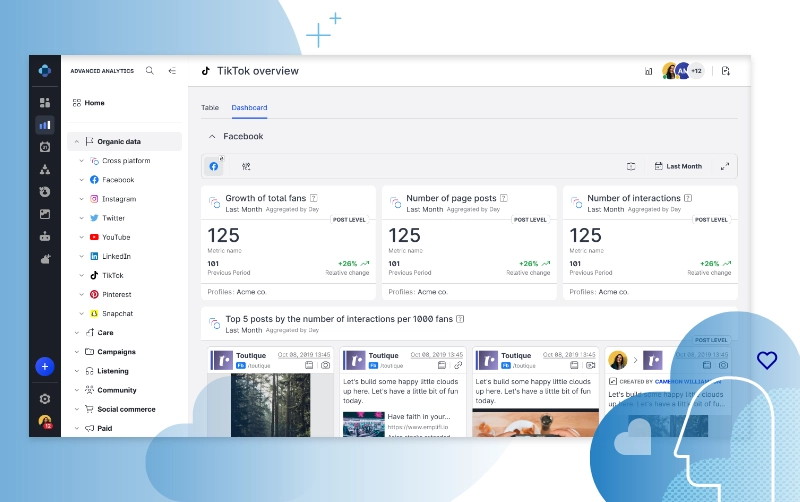
Social media management solutions like Emplifi Social Marketing Cloud capture and unify engagement data into one place for faster insights and reaction.
Social media engagement rates measure the level of interaction between a brand and its audience on social media. They’re calculated by dividing the number of interactions (likes, comments, shares, etc.) by the number of followers. The resulting percentage is a metric that can be used to track the success of a social media campaign and identify areas for improvement.
Here’s a straightforward formula and instructions for its application:
Social media engagement rate formula
The most commonly used formula for calculating engagement rate is:
Engagement Rate = (Total engagements on a post / Total followers) * 100%
Definitions
Total engagements on a post: This includes all interactions your content receives, such as likes, comments, shares, saves, etc.
Total followers: The number of followers or subscribers on your profile at the time of measuring.
Instructions for calculation
Gather data: First, identify the post for which you want to calculate the engagement rate. Collect the total number of engagements for this post.
Total engagements: Add up all forms of interactions on the post (likes, comments, shares, etc.). Some social media platforms provide these analytics directly in their insights or analytics sections.
Total followers: Note the number of followers or subscribers you have. This should be the current count at the time of your calculation.
Apply the formula: Plug these numbers into the formula.
Calculate: Perform the division followed by multiplication to get the engagement rate as a percentage.
Interpreting results: A higher percentage typically indicates better engagement. However, remember that what constitutes a «good» engagement rate can vary by industry, platform, and audience.
Example
Suppose you have a post with 250 engagements (likes, comments, shares, etc.), and you have 5,000 followers. The engagement rate would be:
Engagement Rate = (200 / 5000) * 100 = 4%
This formula gives you a clear and quantifiable way to measure how well your audience interacts with your content relative to your follower base. It’s an essential metric for evaluating the performance of your social media strategy and understanding your audience’s engagement level.
While it’s important to understand the process, it is considerably easier to utilize a social media engagement tool to gather, calculate, and visualize your engagement rate. You will even be able to automate certain activities over time to support improvement and connect your rate to other customer data.
A good engagement rate is one that signifies a meaningful and active relationship between a brand and its audience. Typically, anything between 1%-6% is considered good social media engagement, depending on platform, industry, and other factors like organic versus paid engagement.
High-quality interactions, such as thoughtful comments or shares, are more valuable indicators of engagement than mere likes. It’s also important to consider the context of your specific audience, as well as industry benchmarks for a more accurate assessment.
Ultimately, the best way to determine what a good engagement rate is for your business is to track your own results over time and compare them to your industry peers through a social media engagement tool.
Aligning with your comprehensive overview of different platforms, the platform with the greatest engagement levels often depends on the target audience and content type. For example, TikTok has emerged as the leader in post engagement, but tends to be stronger with younger demographics.
Instagram, combined with Facebook, has the largest available audience, while YouTube and WhatsApp follow closely behind. For B2B interactions, LinkedIn is notable but doesn’t have the overall reach of the other platforms. The key is understanding where your specific audience is most active and tailoring content to each platform’s unique environment.
Engagement levels shift annually, so evaluate your social media benchmarks to understand where your audience lives and, thereby, where to engage them. Across 2023, Instagram enjoyed higher engagement – and was the only channel to see any meaningful shift in the final quarter of the year – across 2024 and enjoyed its best numbers in two years.
Tracking these types of shifts and benchmarks can be the difference between effectively deploying your resources and reaching your audience.
Social media engagement isn’t just about going viral; it’s about building and nurturing a relationship with your audience. To do this successfully, you need a smart, consistent strategy that aligns with your brand’s voice and your followers’ interests.
1. Know Your Audience and What They Want
The foundation of any successful social media strategy is a deep understanding of your audience. This goes beyond simple demographics. You need to know their interests, needs, and online behaviors. Use social media listening to understand what they’re talking about, the topics they care about, and how they interact with brands. This helps you create content that is not only relevant but also resonates on a personal level, boosting authenticity and encouraging real engagement.
2. Craft a Strong Content Strategy
Your content should be consistent and high-quality. Prioritize visuals and interactive features like polls, quizzes, and videos, which are proven to be highly engaging and shareable. Embrace authenticity by featuring user-generated content (UGC), which builds trust and strengthens your community. Remember, it’s not about posting what your brand wants to say; it’s about creating content that your audience wants to hear. This is the key to moving beyond a one-way broadcast and into a genuine conversation.
3. Actively Engage Your Community
Social media is a two-way street. To boost engagement, you must actively participate. Respond to comments and messages, join conversations about your industry, and encourage your followers to share their own content. By fostering a lively and responsive community, you make your followers feel valued and heard, which in turn inspires more interaction.
4. Measure and Refine Your Efforts
Never guess what works. Use a social media analytics tool to measure the performance of your content. Track key metrics like your engagement rate, follower growth, and post reach to understand what content types and topics are performing best. This data provides the insights you need to refine your strategy, ensuring your efforts are always aligned with your goals. By consistently measuring and optimizing, you can ensure your engagement efforts are paying off.
How do you create engaging social media content?
There are a few key elements to creating engaging social media content:
Relevance: Your content should be relevant to your audience and their interests. This means understanding what they care about and what kind of content they’re looking for through developing personas or tactics like social listening.
Value: Your content should provide value to your audience. This could be in the form of information, entertainment, or inspiration.
Engagement: Your content should encourage engagement from your audience. This could be through likes, comments, shares, or even clicks through to your website.
Consistency: You need to be consistent with your social media content. This means posting regularly and on a schedule that works for your audience. If you can follow these tips, you’ll be well on your way to creating engaging social media content.
Once you plan for those considerations, there are specific tactics that help brands increase engagement:
Encourage UGC: Engage your audience by featuring their content or creating campaigns that encourage their participation. Your audience likes hearing from and engaging with people like them.
Utilize storytelling: Share stories and content that reflect your brand’s values and mission authentically. The more human, the better.
Create visually appealing media: Use high-quality images, videos, and graphics to capture attention. This is where UGC becomes particularly powerful.
Deploy interactive elements: Incorporate polls, quizzes, and questions to encourage audience participation.
Deliver value-driven content: Provide content that educates, entertains, or solves problems for your audience.
Share timely and trending topics: Stay relevant by posting content related to current events, trends, or seasonal themes.
Partner with influencers: All levels of influencers bring established trust and expectations from your audience. By including them in your social media marketing mix, you’ll find immediate boosts to your engagement rate.
Ready to track your social media engagement?
The fastest and easiest way to collect, analyze, and react to your social media engagement is through a social media engagement solution. With custom dashboards, you can pull all of your social media data into one place and track all aspects of engagement through automated reporting.
Combined with AI, a social media solution with unified analytics will allow you to quickly identify opportunities to improve social media engagement and turn disparate data into actionable insights. If you would like to learn more about how Emplifi can help improve your social media engagement, book a demo today!
